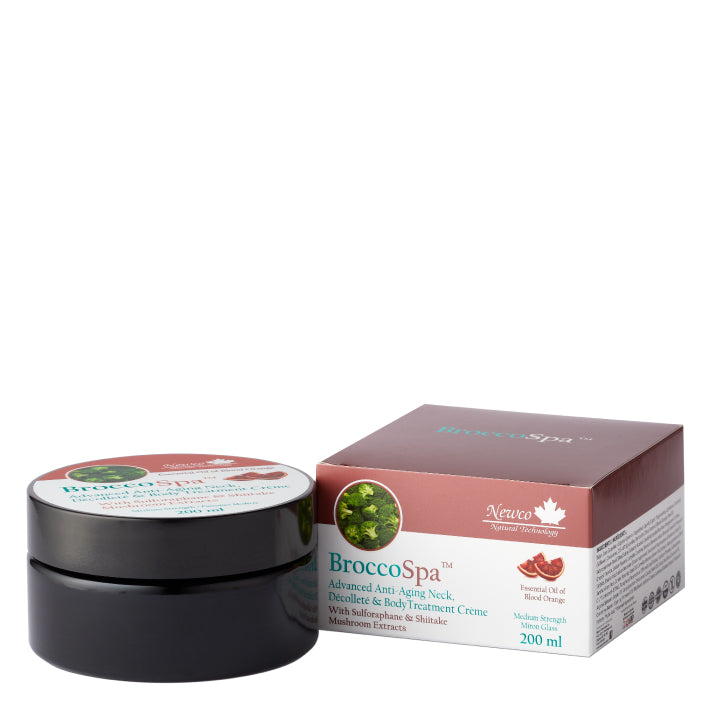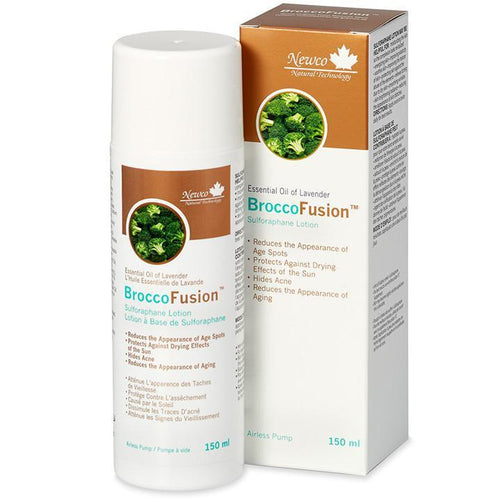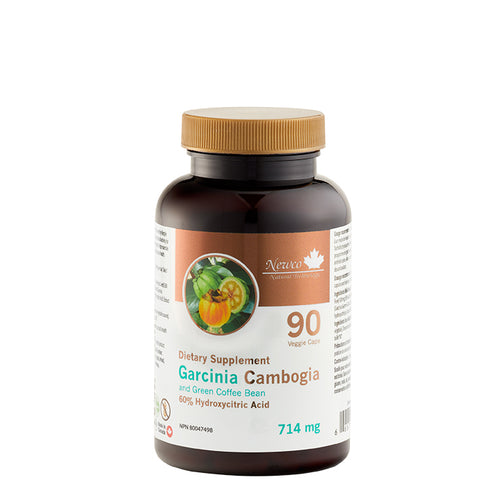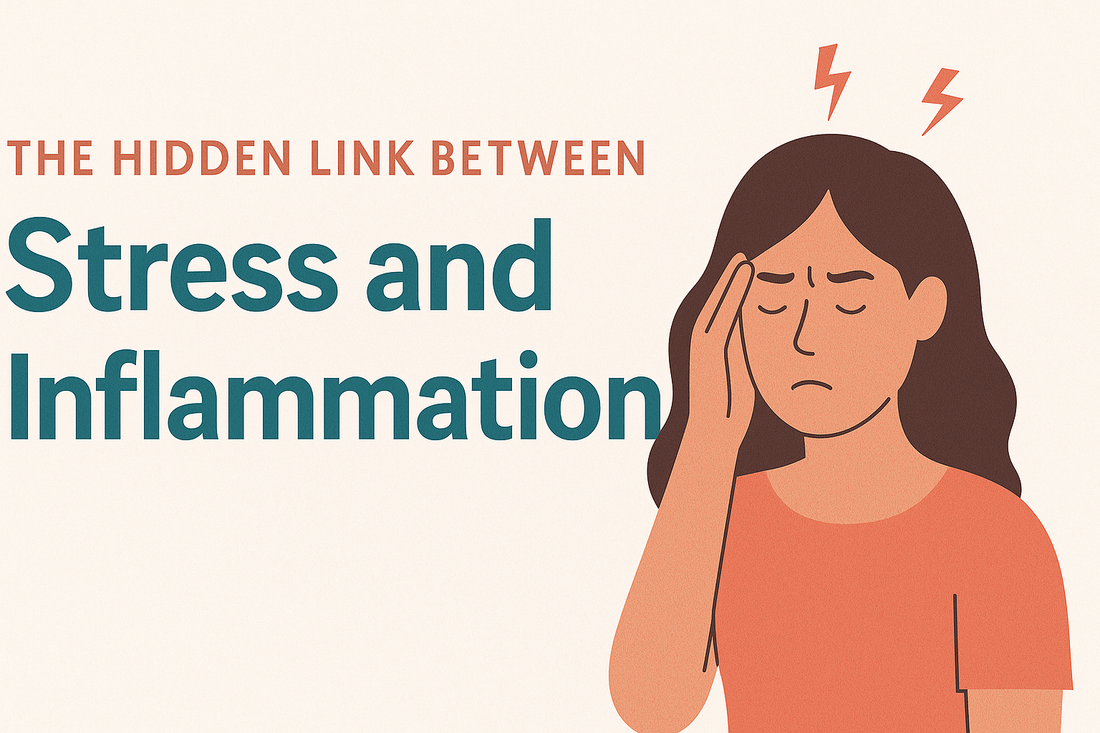How Stress Quietly Changes the Body
Everyone feels stress. It is part of being human. But when stress becomes constant, it stops being a motivator and starts becoming a biological problem.
The body’s stress response is designed for short bursts of survival. When your brain senses danger, it releases cortisol and adrenaline, preparing you to act fast. Once the threat passes, those hormones drop and the body resets.
Modern life rarely gives that reset. Deadlines, notifications, financial pressure, and lack of rest keep the body in a constant state of alert. Over time, that quiet tension builds and fuels something deeper: inflammation.
What Happens Inside the Body
When cortisol levels stay high for too long, the immune system becomes confused. It starts releasing inflammatory signals even when there is no infection or injury to fight. Over time, that inflammation spreads through the body and affects multiple systems.
Common signs of stress-related inflammation include:
-
Fatigue that does not improve with rest
-
Brain fog or poor concentration
-
Digestive upset or bloating
-
Breakouts or redness on the skin
-
Muscle stiffness or tension headaches
These are not random symptoms. They are the body’s way of showing that its repair systems are under strain.
Why Inflammation Feeds Back Into Stress
Inflammation and stress work in both directions. When your body is inflamed, it produces chemicals that affect mood, focus, and sleep quality. You begin to feel anxious, restless, or low in motivation.
This creates a feedback loop where stress triggers inflammation and inflammation increases stress. To break that cycle, you must calm both at once.
How to Calm the Cycle Naturally
-
Get sunlight and breathe deeply
Morning light and deep breathing signal the nervous system to shift from survival mode to rest and recovery. -
Sleep is your best anti-inflammatory tool
During deep sleep, cortisol levels fall and tissues repair. Even one extra hour of rest can help reduce inflammation. -
Eat for calm
Choose real food. Include fruits, vegetables, and omega-rich foods like avocado and salmon. Avoid excess sugar, which spikes stress hormones. -
Move your body daily
Gentle movement improves circulation and helps clear out stress hormones. Even a walk or stretch session makes a difference. -
Support your cells directly
Natural compounds like sulforaphane found in broccoli sprouts help regulate inflammation and detoxification at the cellular level.
How Sulforaphane Supports Balance
Sulforaphane activates the body’s internal defense network, turning on enzymes that protect cells from oxidative stress and inflammation. It does not block your immune system; it teaches it how to regulate itself again.
That is why many people include products like BroccoGummies or BroccoGen10 in their daily routine. They deliver a stable and consistent form of sulforaphane that supports the body’s natural ability to stay balanced. When combined with proper rest, hydration, and mindful living, they help restore calm at the root level.
The Takeaway
Stress and inflammation are deeply connected. When you reduce one, you automatically help the other.
The goal is not to escape stress completely but to support your body’s natural ability to adapt and recover. With steady habits, healthy food, deep rest, and the right cellular nutrients, you can help your body find calm again and return to its natural rhythm of health.





